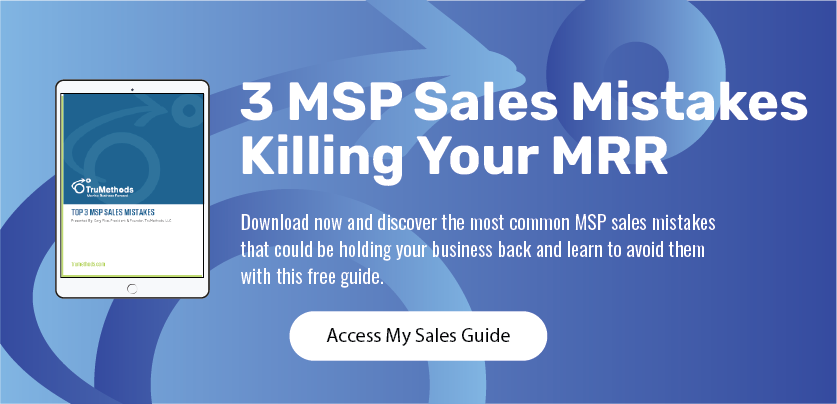Building and maintaining a well-organized prospect database takes hard work and dedication, but over time, your salespeople will reap the benefits. But in order for them to do that, they’ll need to know where their leads are in the sales process at all times.
I cannot stress enough how important your prospect database is to your success. Always remember this simple fact: Your database is gold. It’s the list of all your prospective clients and essentially your stockpile of market information. It’s made up of your in-house list, all the prospects currently in your database, and acquired lists, lists you’ve either purchased or been given.
In order to sell successfully, you must have access to a well-organized prospect database, one where your leads are divided into the following categories:
Suspects. You don’t know suspects, and they really don’t know you. They’re typically from a list you purchased at some point. Your goal with suspects should be to put them in a bucket as soon as possible. From an inside sales standpoint, you don’t want to call a place 20 times only to find out that the person you’ve been calling isn’t a decision maker or the company isn’t in a vertical you support. When you’re making calls, make sure your time’s spent on qualifying or disqualifying leads.
Prospects. A lead becomes a prospect when you know something about the lead. It could be a contact name, number, size, industry or geography. You may even know how the company is supporting IT currently. A prospect is someone you could potentially do business with in the future.
Warm 250. Businesses in your Warm 250 you know a lot about. They’re a great fit for your client portfolio. They’re aware of who you are, what you can provide, and have been reframed. These are the accounts you should spend some marketing dollars on.
PBR. You’re so close to closing the accounts in the PBR part of your sales funnel. Any business under a 60-day close belongs here. Your salespeople should pay extra attention to these accounts, for some may move in and out, depending on how prospects move throughout the last leg of the buyer’s journey.
While the above buckets are the main segments, there are other buckets in your sales funnel to consider, including Not a Fit, Could Not Reach, and Customer, Vendor, Partner, or Competitors.
Keeping your prospect database up to date and clean is key to selling more at the right price. If you’re not keeping up with your prospect database, you’re leaving money on the table.


